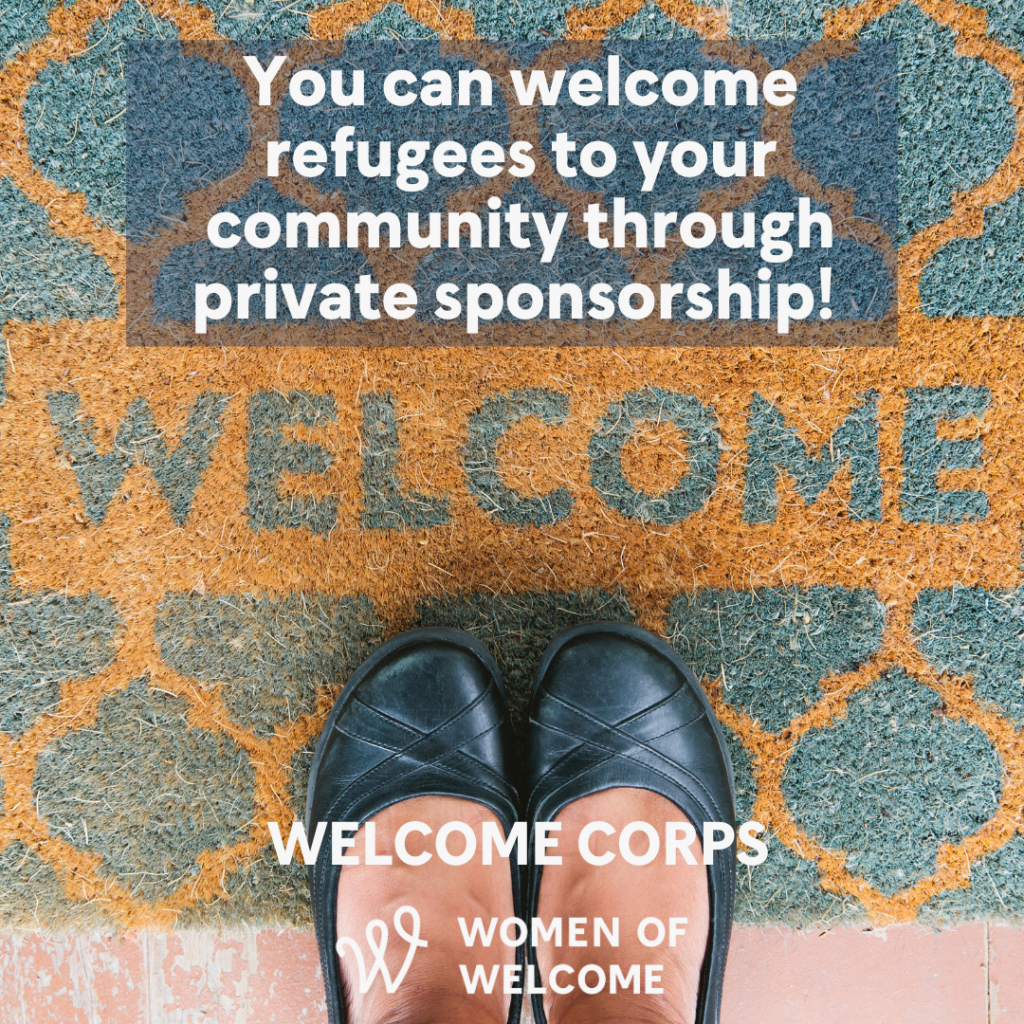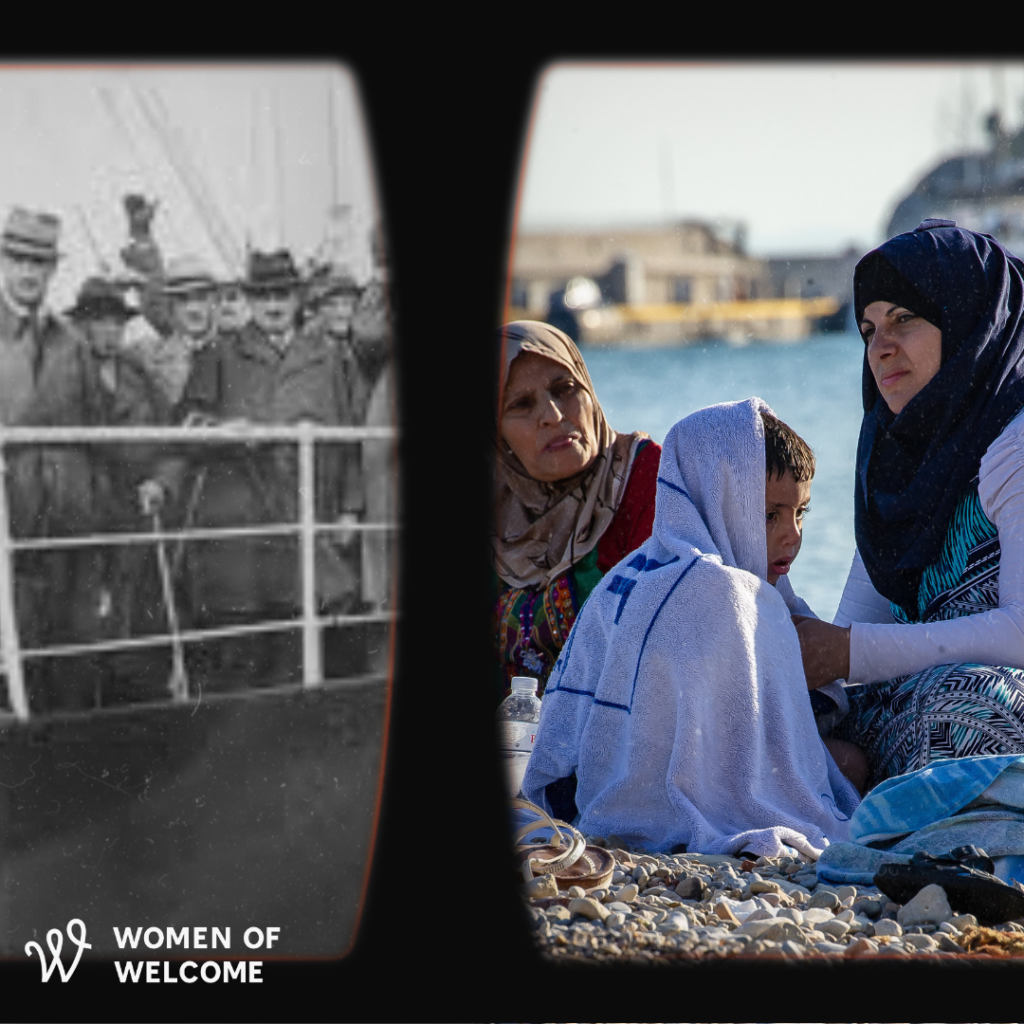Where did we begin?
Did you know that our current asylum and refugee protections have roots in the tragic history of the MS St. Louis? This luxury liner, which set sail from Germany in 1939, carried Jewish passengers escaping the Third Reich.
The 937 passengers had valid Cuban visas and hoped to find safety in Cuba. However, upon arrival in Havana, the Cuban government abruptly revoked their entry visas, citing political and economic factors, including bribery and corruption.
Without a safe destination, the passengers faced a dire situation. The ship’s captain, Gustav Schroeder, and some passengers sent a desperate telegram to President Franklin D. Roosevelt, pleading for asylum in the United States:
“Cabling President Roosevelt, repeating urgent appeal for help for the passengers of the St. Louis. Help them. Mr. President, the 900 passengers of which more than 400 are women and children.”
Roosevelt’s response? There was none.
Advocacy groups worked tirelessly behind the scenes, but ultimately the U.S. refused to help and turned the ship away. The MS St. Louis was forced to return to Europe where the passengers resettled in European countries. However, after Nazi troops invaded more of Europe, over 250 of the known passengers died in concentration camps.
Many U.S. citizens were horrified that such vulnerable people were turned away. The incident was widely criticized as a symbol of the unwillingness of many countries, including the United States, to provide refuge to Jewish refugees during the Holocaust.
With this in mind, the U.S. government began addressing the issue of displaced persons in the aftermath of World War II. President Truman and Congress passed the Displaced Persons Act of 1948, recognizing the unique circumstances of refugees as victims of war, marking the start of organized refugee resettlement efforts in the U.S.
During this time, Americans began sponsoring refugees, resettling over 650,000, mainly from a war-weary Europe. In the earliest examples of sponsorship, faith-based organizations, communities, and everyday Americans took it upon themselves to welcome refugees.
This grassroots effort eventually led to the creation of a formal U.S. resettlement program in 1980, with nine resettlement agencies coordinating the support system that enables refugees to integrate into American communities. Since then, the U.S. has resettled about 3 million refugees, more than any other country, according to the Pew Research Center.
Generally, in years when more people around the globe were displaced by conflict, violence, or persecution in their countries, the number of refugees resettled by the U.S. increased. However, in recent years, the number of refugees resettled in the U.S. has not consistently grown in step with the worldwide refugee population.
Where are we now?
As of May 2023, more than 110 million individuals (including a record 43.3 million children) were forcibly displaced worldwide according to the UNHCR. This marks the largest ever single-year increase in forced displacement in history, propelled by the war in Ukraine and other deadly conflicts.
UNHCR statistics show Syria remains the world’s largest refugee crisis. Since 2011, more than 14 million Syrians have been forced to flee their homes in search of safety.
The war in Sudan has displaced nearly 2 million people since April, and the humanitarian crisis in Afghanistan shows no signs of easing
Conflict and insecurity in other parts of the world have either continued or reignited, such as in the Democratic Republic of the Congo, Ethiopia, and Myanmar, where more than 1 million people were displaced within each country.
Moreover, according to the International Organization for Migration, 6.1 million refugees and migrants have left Venezuela as a result of the political turmoil and socio-economic instability.
The list goes on and on. But, as we have seen this drastic increase in refugees worldwide, there has been a decline in the number of refugees being resettled in the U.S.
As a nation, we cannot turn a blind eye to this global humanitarian crisis. We cannot look at the Afghans, Ukrainians, Venezuelans, Congolese, and Syrians among others, and not respond. Let the MS St. Louis serve as a tragic reminder of the consequences of restrictive immigration policies and the failure to respond to humanitarian crises. Let’s listen to their urgent appeals for help and move toward action.
What can we do?

Though the numbers are overwhelming, we’re at a really exciting moment in refugee resettlement history. The U.S. has launched a new form of refugee sponsorship where everyday Americans can form private sponsorship groups, bringing a refugee family to the United States and supporting them for their first three months here.
Women of Welcome, this is something we can do! Private sponsor groups represent an essential shift in how we sponsor, and they empower us to meet the needs of the current moment.
In groups of five or more, sponsor groups welcome refugee families in their first few months after arrival, and build bonds that could extend a lifetime. They help to secure and prepare initial housing, enroll children in school, help adults find employment, and lend a helping hand as families rebuild their lives here.
Sponsoring together with friends, coworkers, or congregation members makes the work easier and can be deeply rewarding for everyone involved.
Just imagine if every church small group embarked on this journey!
What an incredible opportunity for the church to be the church and respond in compassionate action. We know it sounds daunting – it’s a big commitment! – but Women of Welcome has partnered with Welcome Corps to walk us step-by-step through this journey and answer any questions about getting started.
Over the next few weeks, we will introduce you to Welcome Corps and provide everything you need to know to begin a private sponsorship group in your community.

 This resource answers the most common questions Christians have about immigration and equips you to engage conversations with biblical clarity, truth, and grace.
This resource answers the most common questions Christians have about immigration and equips you to engage conversations with biblical clarity, truth, and grace.